Sala10: Saodat Ismailova
virtual exhibition
The Haunted
Through a collage of hypnotic layers of images, the artist and filmmaker Saodat Ismailova crosses the register of the present with the lyrical animism and cinematic memory of Uzbekistan in order to overcome its mourning for the Turanian tiger, a race that has already been vanquished by humanity. This piece uses film as a ritual for invoking this tiger—already extinct, turned into a sacred archetype of Central Asia—with which Ismailova takes poetic action and engages in collective contrition.
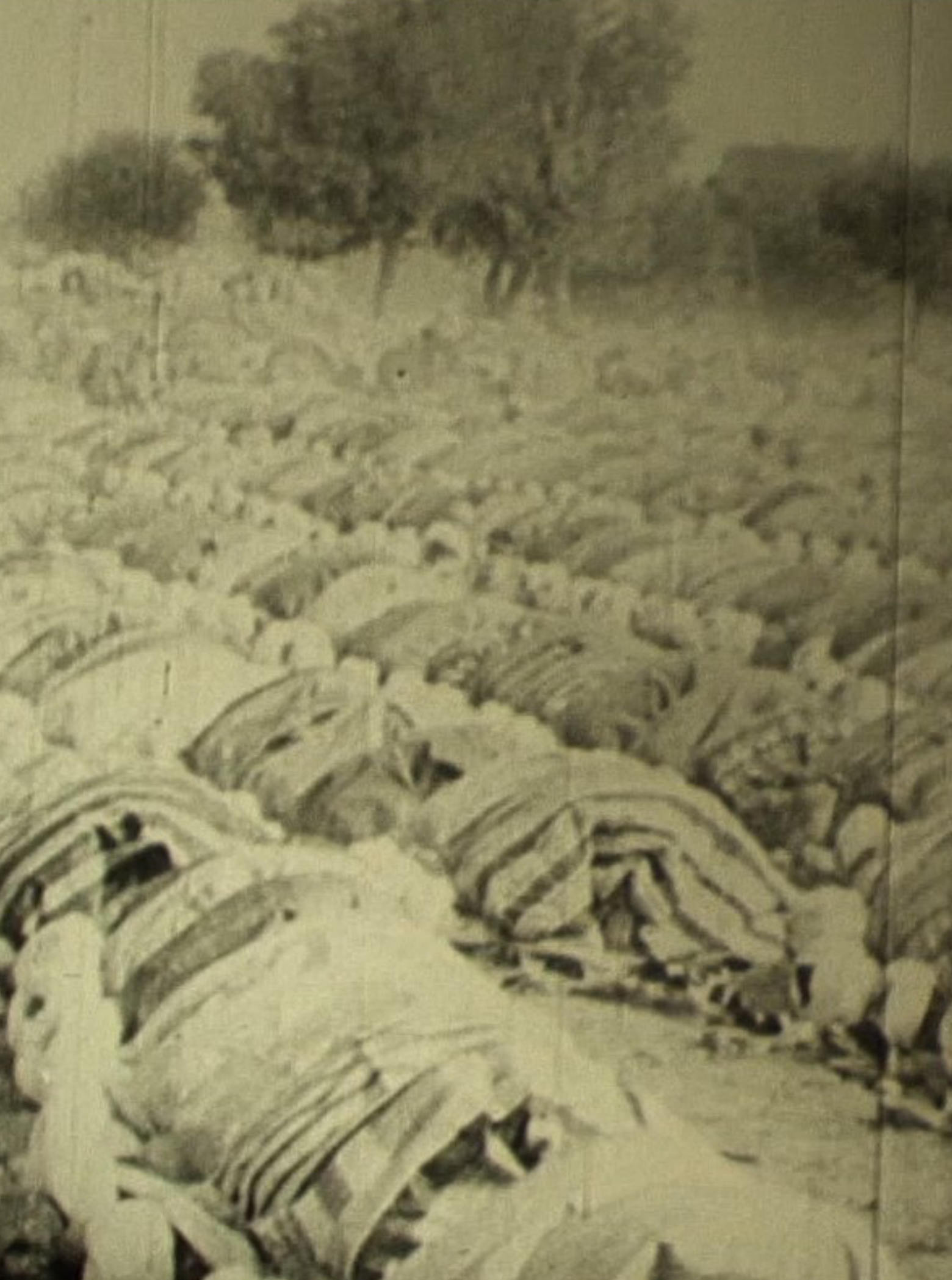
Terricide and extinction, healing and immortality encode the creative drive of Saodat Ismailova, the architect of a complex imaginary that reconstructs the pre-Islamic memory and knowledge preserved by the oral tradition of the peoples that inhabit what is now known as Kyrgyzstan, Tajikistan, Turkmenistan, Kazakhstan and Uzbekistan, with a special emphasis on the latter, the artist’s native soil. This intention is important because the Uzbek language has changed its alphabet six times in less than a century and so written knowledge has not been passed down. As is well known, the languages, territory and traditions of these countries were affected by the Russian Empire and the later Soviet onslaught, which plotted out linguistic and geographical borders as methods for controlling the land and the population.
In this convulsive panorama of postcolonial effervescence, Ismailova feeds a body of work through a lineage that is spiritual and shamanic, environmental and matriarchal, far removed from all Western ethnography, which has allowed her to achieve a rare expressive power and an intense formal beauty in her films and installations. In The Haunted, the shots of lonely landscapes depict those places where the Turanian tiger was seen for the last time, whether in earthly reality or in dreams.
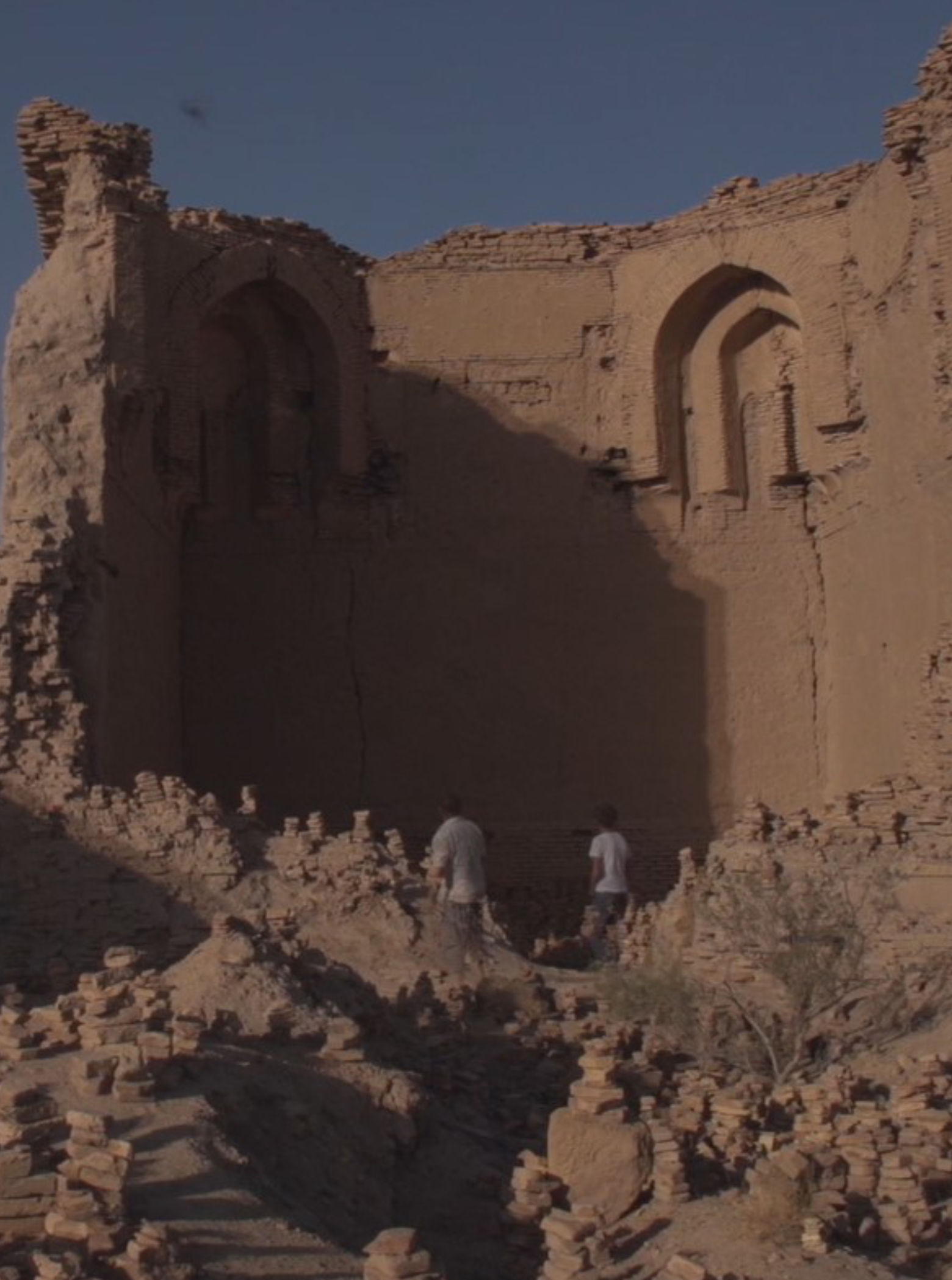
The archival material—largely shot in 1908 by the first Central Asian cameraman, Khudaibergen Devanov, whose name is associated with the birth of Uzbek cinema—evokes tribal memories and creates an ambiguous, phantasmal tension with the text, which ranges from the personal to the communal, important dimensions in the two greatest transitions in the recent history of Uzbekistan: the coming of the Soviet era and its subsequent departure.
In this film, Ismailova tackles the first Uzbek-language text in her career, an auto-exorcism become obituary that, like a medium channeling memory through blood, observes individual prayers and the demands of an entire people. For her, artistic expression is inseparable from the attempt to pull her ancestors into the present, which in turn has unsuspected implications for her creative process: oneiric investigations, the hermeneutics of memory and musical trance—Camille Norment’s glass harmonica radiates pulses and environmental touches alongside a delicate texture based on field recordings and human interventions, creating an abstract aura that openly interrogates the image. During the writing process, Ismailova connected the tiger to the soul of her great-grandfather, who, before being sent to a gulag at the age of eleven during the Stalin era, lived in a world in which there were no divisions between languages or nations, where Chagatai (ancient Uzbek), Persian and Arabic were all spoken equally. In The Haunted, Ismailova draws a parallel between the death of the last Turanian tiger and the life of her great-grandfather, two beings that lived through the same epoch and faced similar challenges: they were both persecuted.
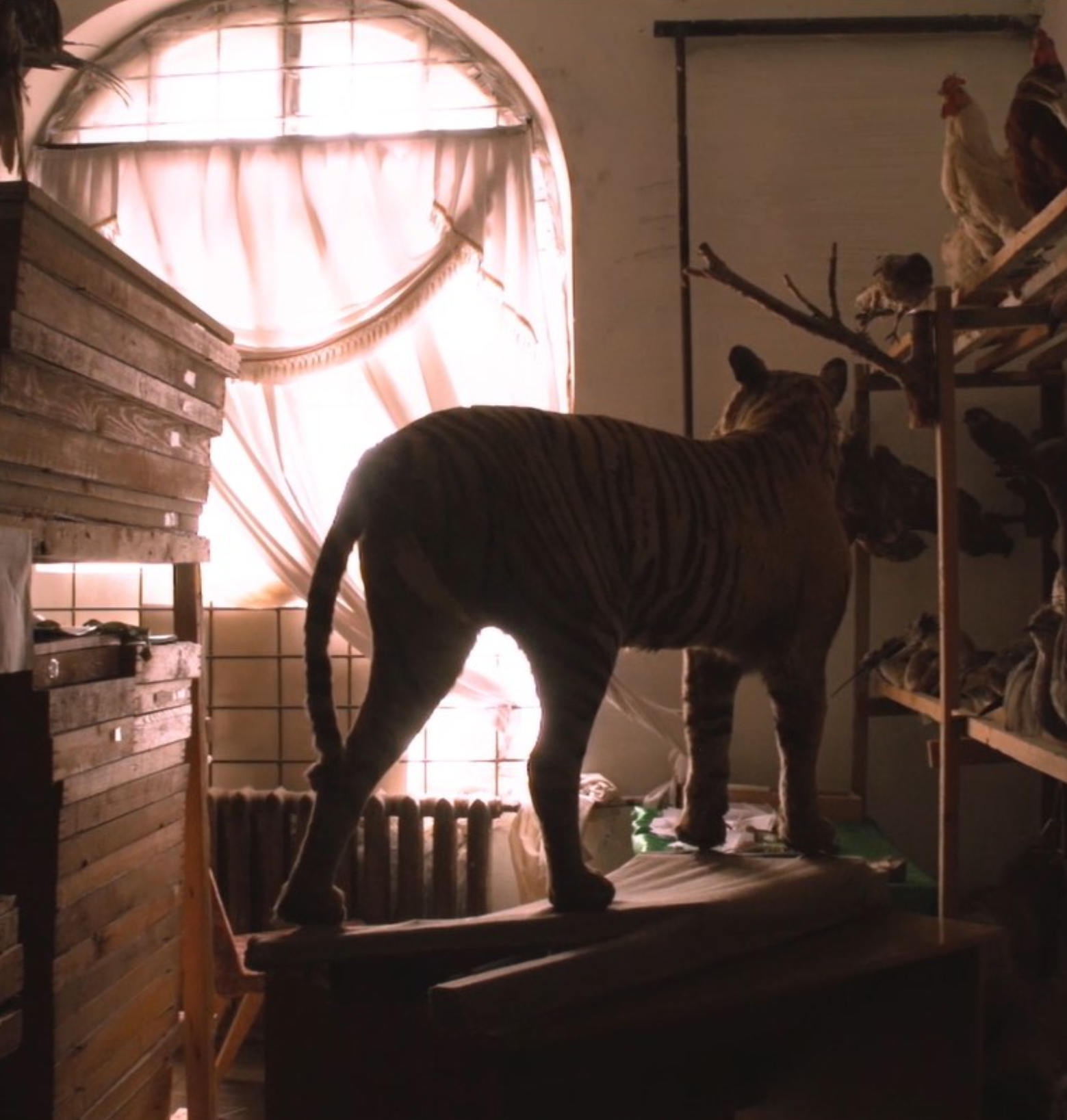
After its extinction, the tiger moved from the reed thickets and the steppes to the intimate sphere of the home, the garden and the pond, the landscapes of dreams and memory, where all hunters are safe: “Holy spirit…healer, guider…” In life, the Amu Darya—the world’s arterial river—provided the tiger with food and drink; in exchange, the tiger promised to save the people from “addiction to blind existence… protect [it] from the loss of knowledge.” The Haunted speaks to this mythic exchange. The dialogue in second person with the sacred feline—the collective voice sublimated through the artist’s rhythmic voice—is a plea to activate those “secret writings imprinted on its skin” that will restore the inherited language and knowledge that colonialism has torn away. Like the diverted course of the Amu Darya, like the desiccated Aral Sea, the tiger survives in the imaginary, incarnating a powerful legacy and a historical claim waiting to be fulfilled.
Maximiliano Cruz
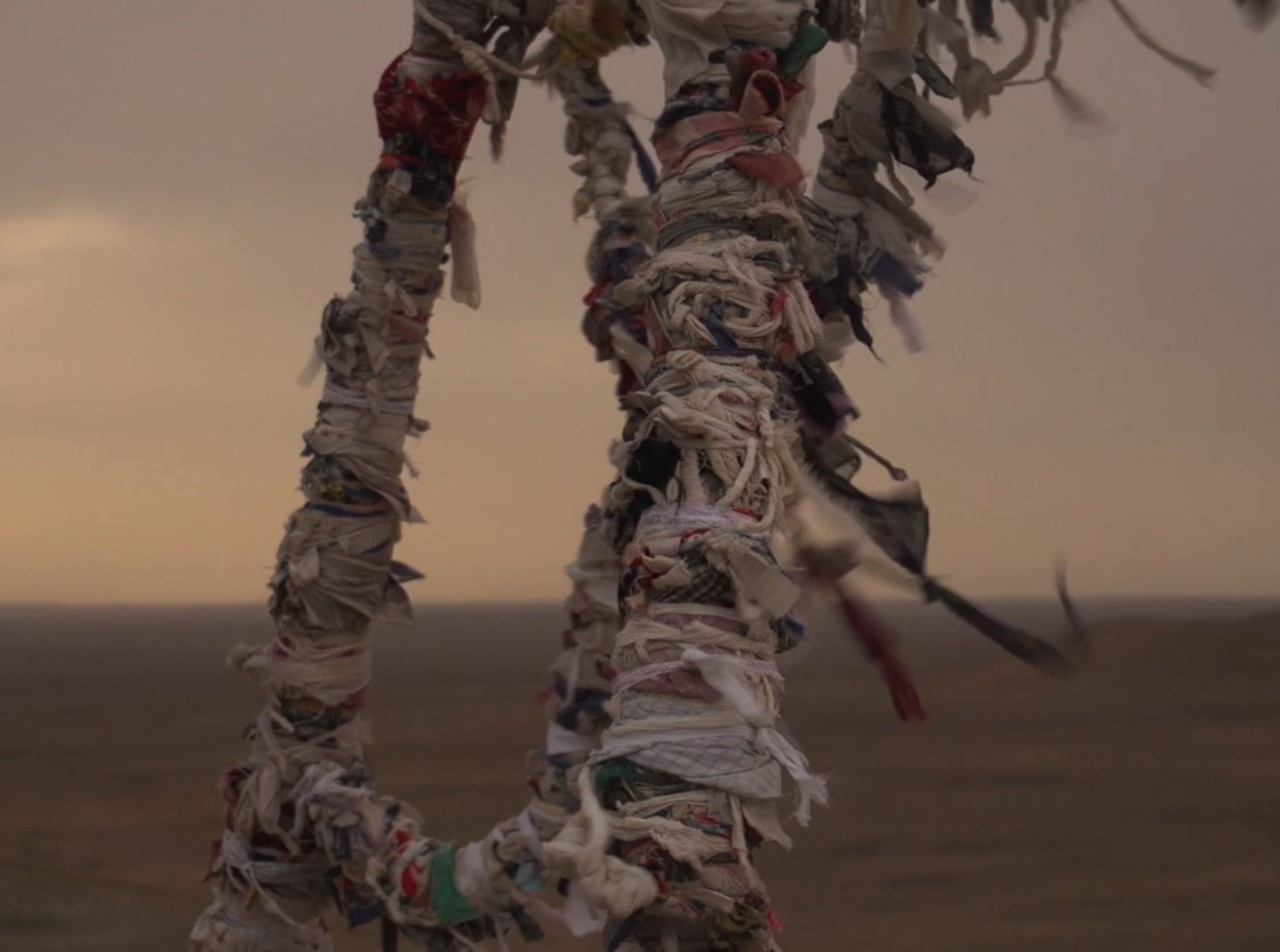
A Tiger’s Leap into the Future
Filipa Ramos
Mourning is a one-sided experience. To go through an insurmountable loss is to learn how to reconstitute rhythms, affects, relationships, memories and temporalities. To grieve is to enter a period of suspension, a moment of inactivity that is required to adapt to change and reorganize life. This process may eventually lead to the acceptance of absence and its reconstitution: by facing a void and understanding how to cope with it, one's emptiness can be gradually reconstituted, so that it may be possible to move ahead and reinvent a future. [...]
COMPLETE TEXT HERE
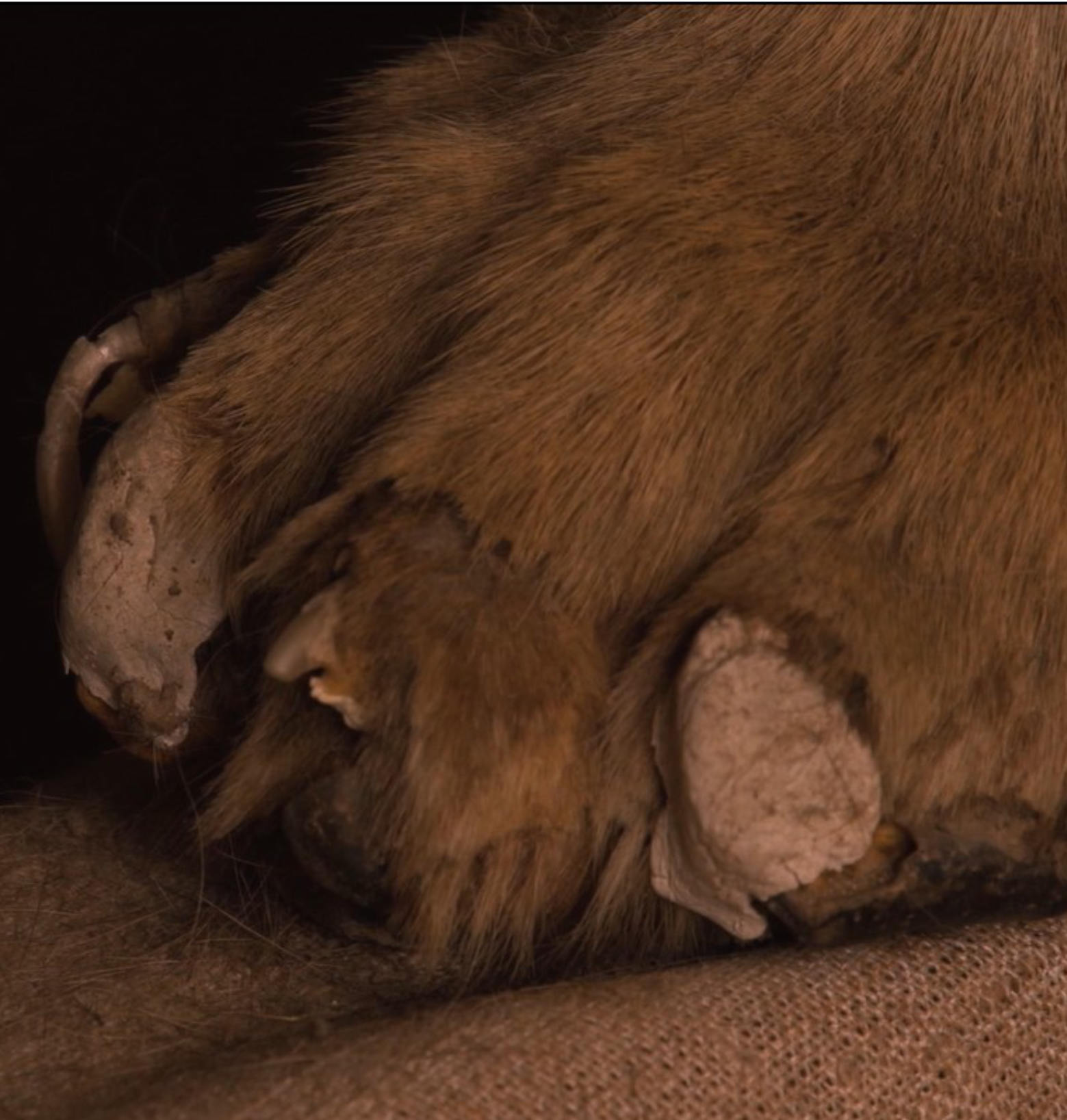
Saodat Ismailova
The Haunted, 2017
Video
23:22
Courtesy of the artist
Script and direction: Saodat Ismailova
Production: Leif Magne Tangen
Cinematography and montage: Saodat Ismailova
Text editing: Ulugbek Sadikov
Music: Camille Norment
Sound design and mixing: Cato Langnes
Title design: ARC Leipzig/Berlin
Translations: Ibrat Jomabaev, Kirill Kuzmin, Theodore Levin
Special thanks: Carlos Casas, Sibel Martínez Ismailova, Filipa Ramos, Tursun Ismailova
Thanks: Katya Garcia-Anton and Antonio Cataldo at the Office for Contemporary Art Norway, (OCA), Gayane Umerova and Kamola Akilova, the Fine Arts Gallery of the National Bank of Uzbekistan, Benjamin Cook, Sarah Schipschack, Boris Golender, the Tashkent Zoo, the Badai Tugai Nature Reserve, the Karakalpakstan State Museum of Natural History
Production: Map Productions
Commissioned by TKF - Tromsø Kunstforenig
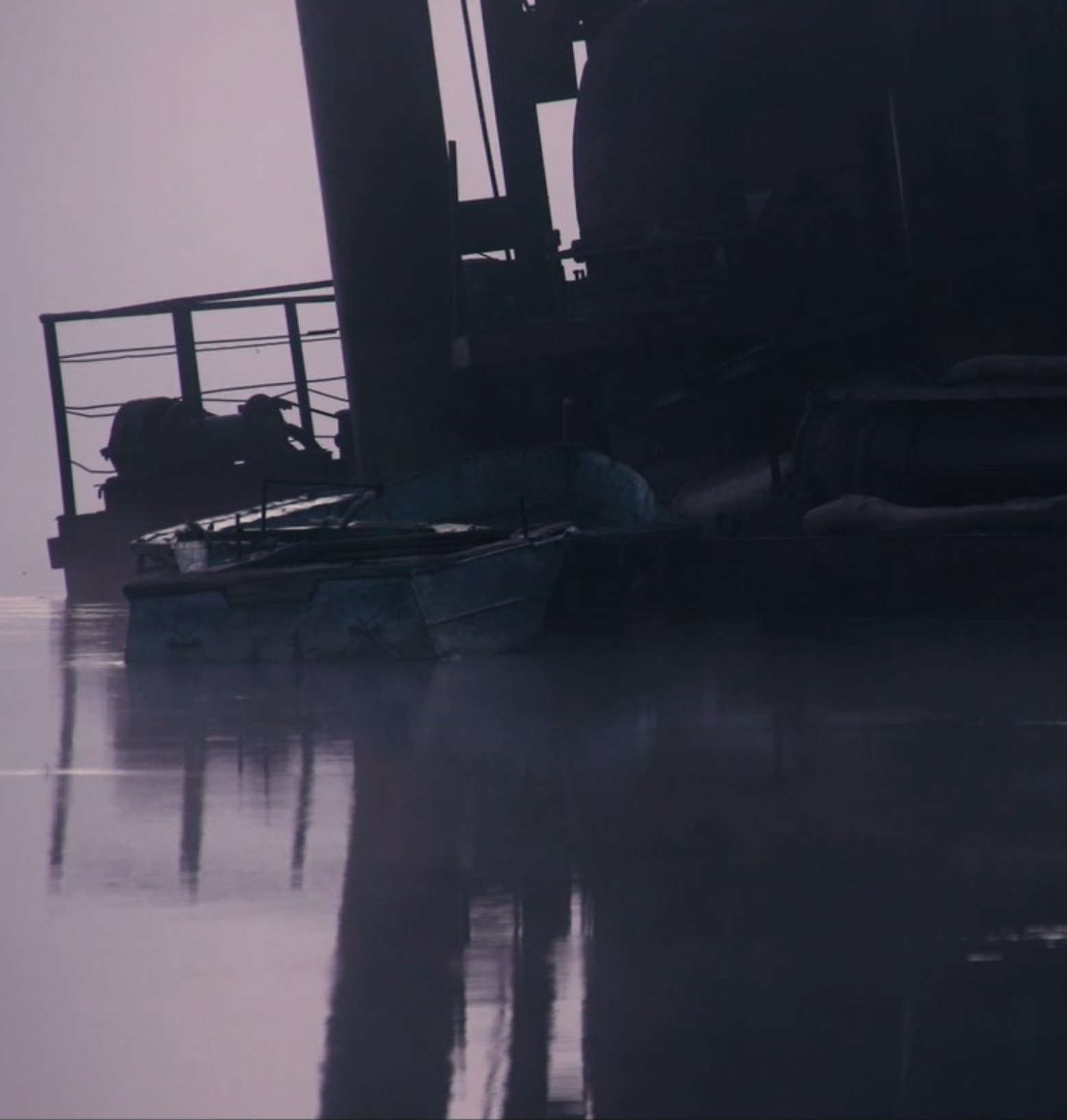
Saodat Ismailova
(1981, Tashkent, Uzbekistan; lives and works between Paris and Tashkent)
A filmmaker and artist who came of age in the post-Soviet era, Saodat Ismailova’s artistic life is deeply committed to the region where she was born as a source of inspiration. Her films and video installations have been presented in festivals such as Berlinale, IFF Rotterdam, CPH:DOX and FICUNAM, among others, and her pieces form part of the collections of the Stedelijk Museum, the Centre Pompidou and the Almaty Museum of Arts. In 2022, Saodat was the only artist to present her work at both the Biennale di Venezia and documenta 15. In 2023, the Eye Filmmuseum organized the first comprehensive retrospective of her installation work and FICUNAM held her first retrospective in Latin America, including her entire filmography and two video-installations.
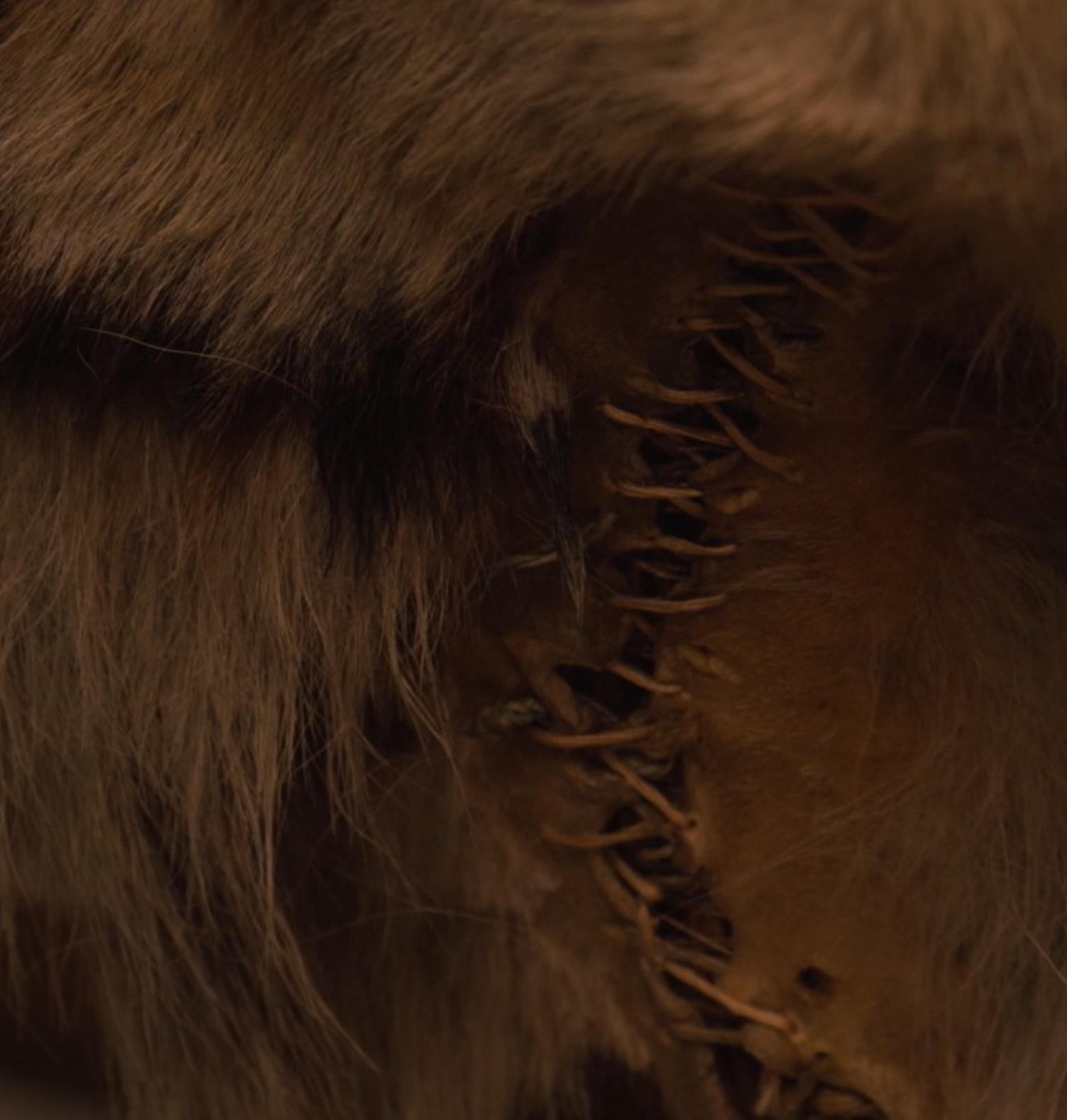
Curatorship: Maximiliano Cruz
Texts: Maximiliano Cruz, Filipa Ramos
Content Direction: Ekaterina Álvarez Romero, Cuauhtémoc Medina
Curatorial Coordination: Ana Sampietro, Mariel Vela García
Digital Management: Ana Cristina Sol Sañudo
Content Editing: Roberto Barajas Amieva, Vanessa López García, Yerem Mújica Toscano
English Translation: Julianna Neuhouser
Spanish Translation: Luis Alejandro Maciel Ortiz
Press: Francisco Domínguez Morales, Eduardo Lomas



